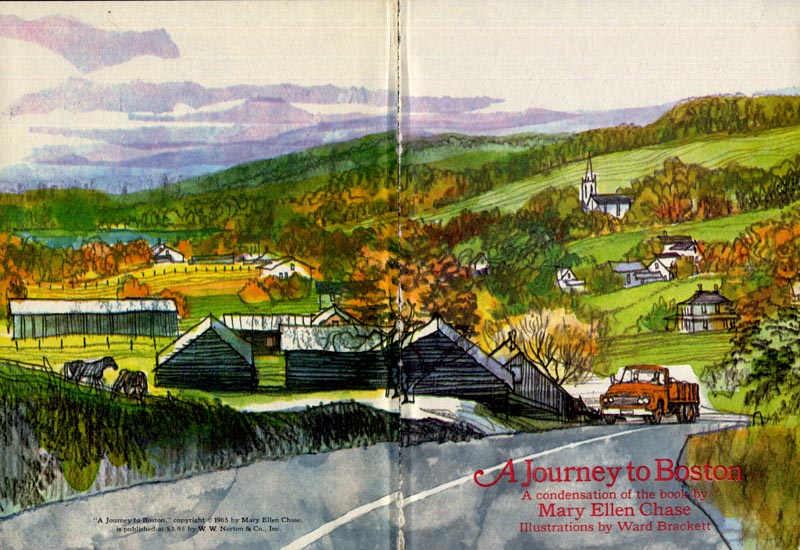
Brackett's mid-'60s style is gorgeously sophisticated and sensitive in its observation and execution.
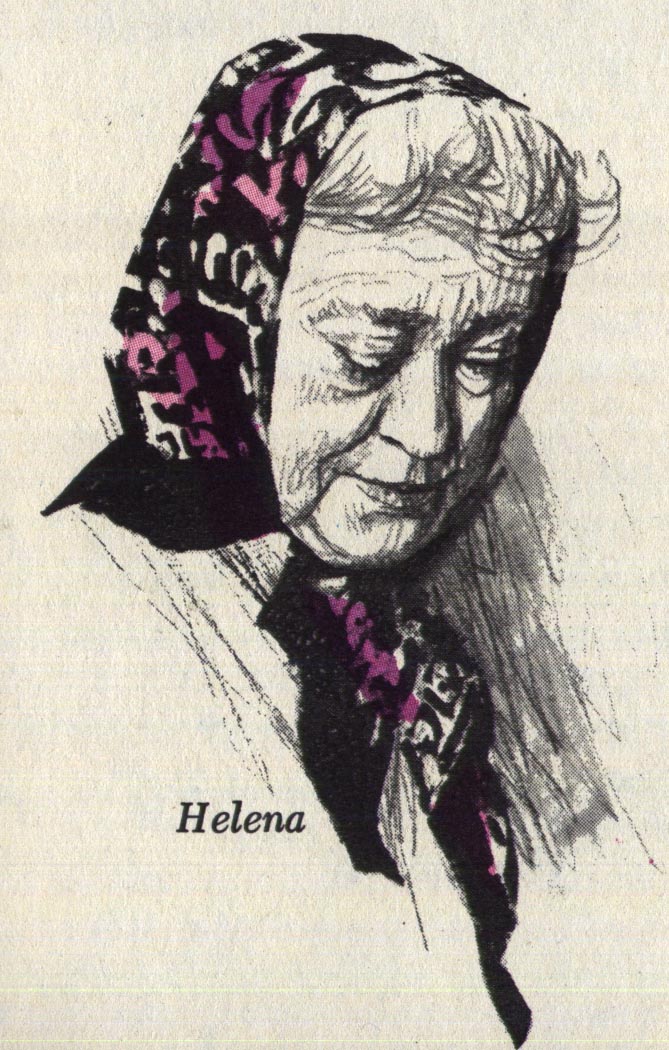
Some comments to yesterday's post suggested a similarity to Austin Briggs' work and here it seems even more apparent, doesn't it?


Some of what Brackett is doing at this point I would almost describe as being "exhilaratingly crude." I look at the piece below and I'm reminded of the work of Chicago artist, Carl Kock
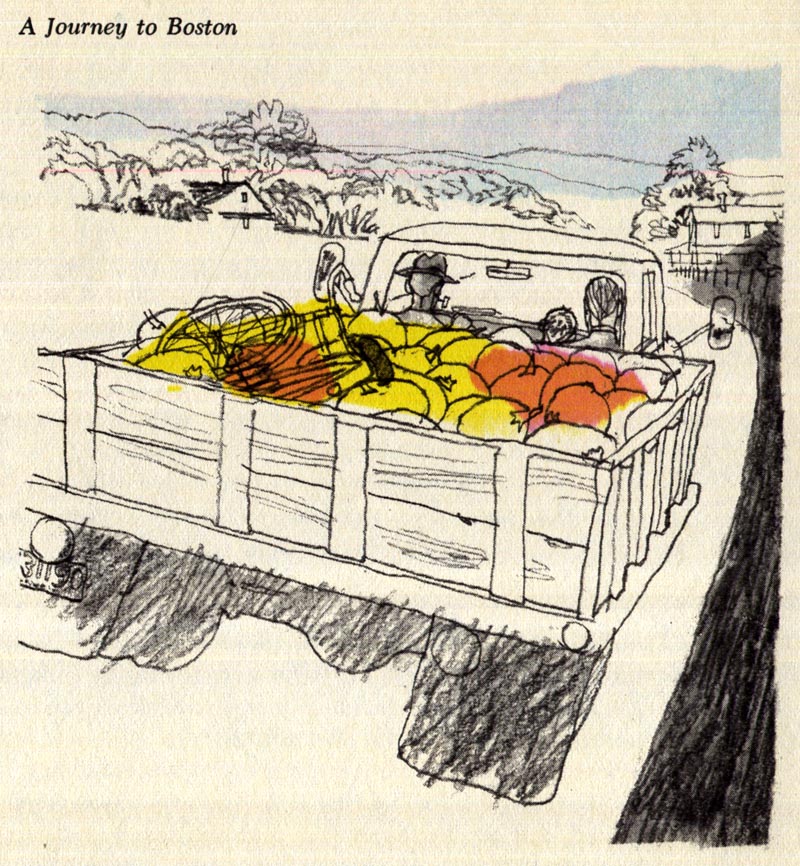
Was this development the further influence of Reuben Tam?
During that same mid-'60s period Brackett illustrated several children's books in a style that reflects this same 'sophisticated crudeness'.
From 1964

From 1966
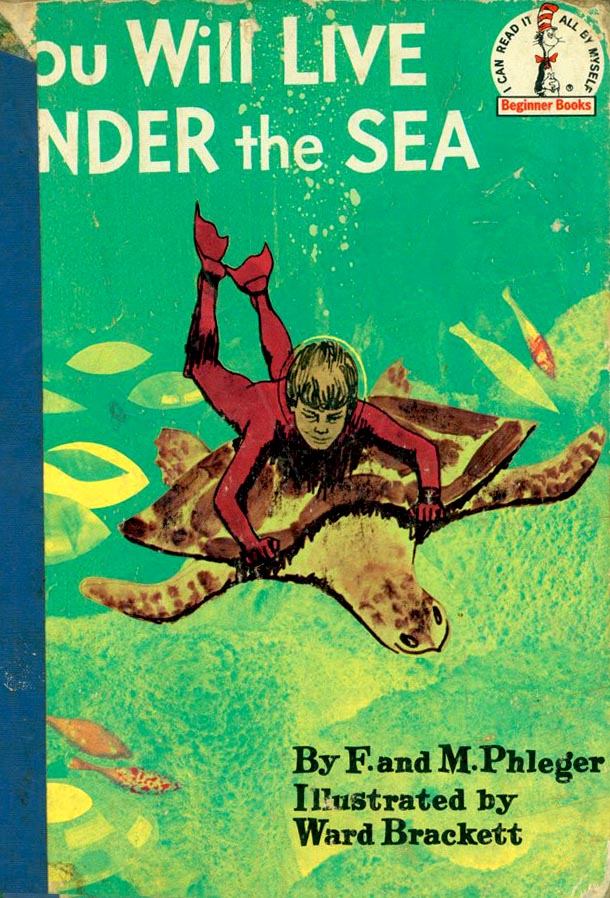
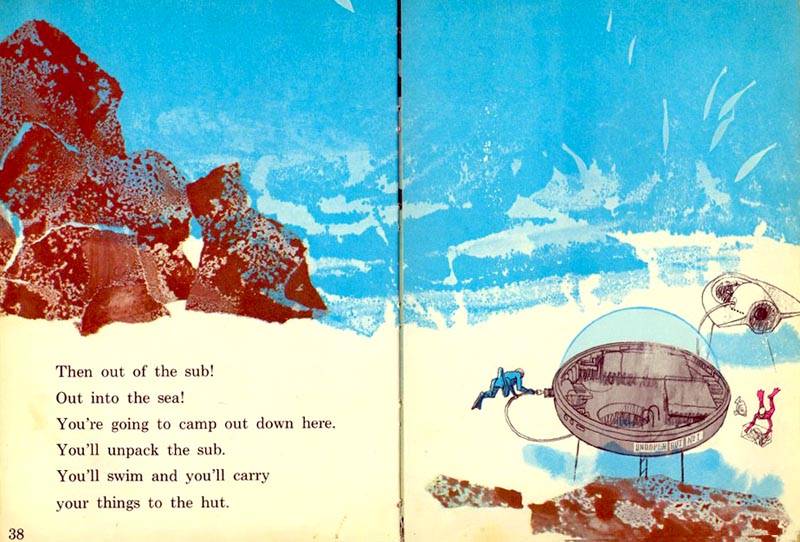

And from 1967
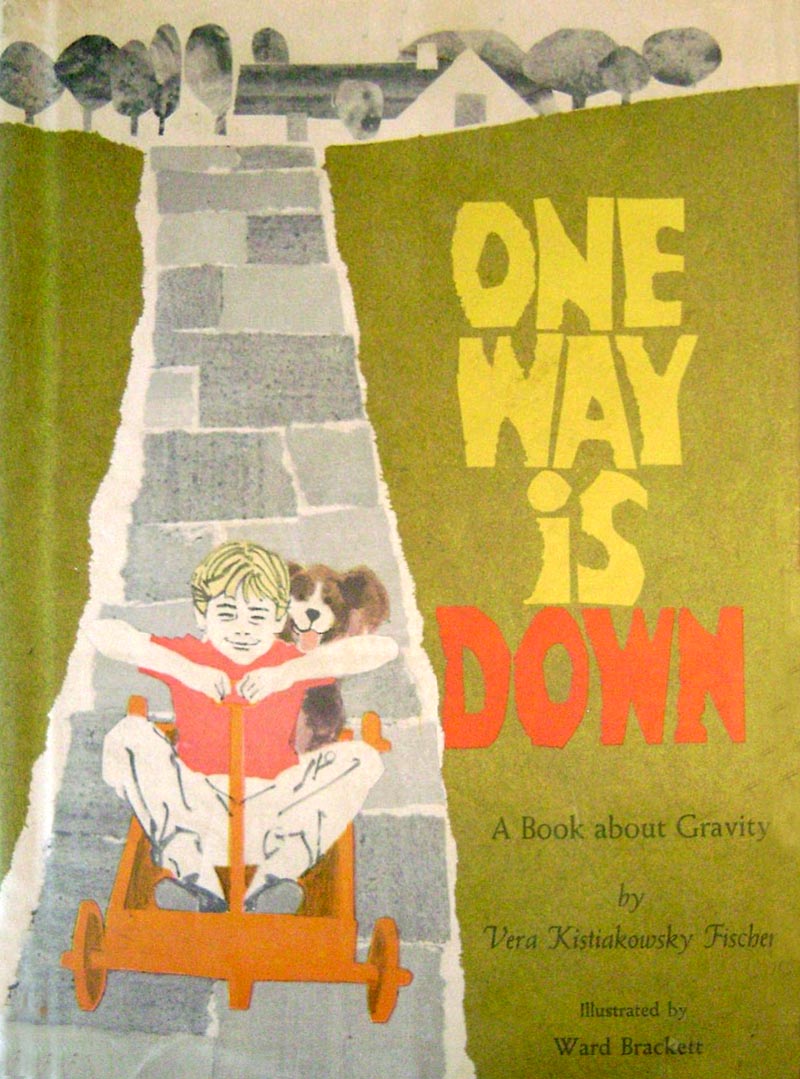
This sort of thing won't appeal to everyone - but I think its noteworthy that Brackett was effectively using this experimental technique in work directed at both child and adult audiences.
Lest you think Brackett completed his career cutting and pasting construction paper, take a look at this book, published in 1974 by McGraw-Hill.
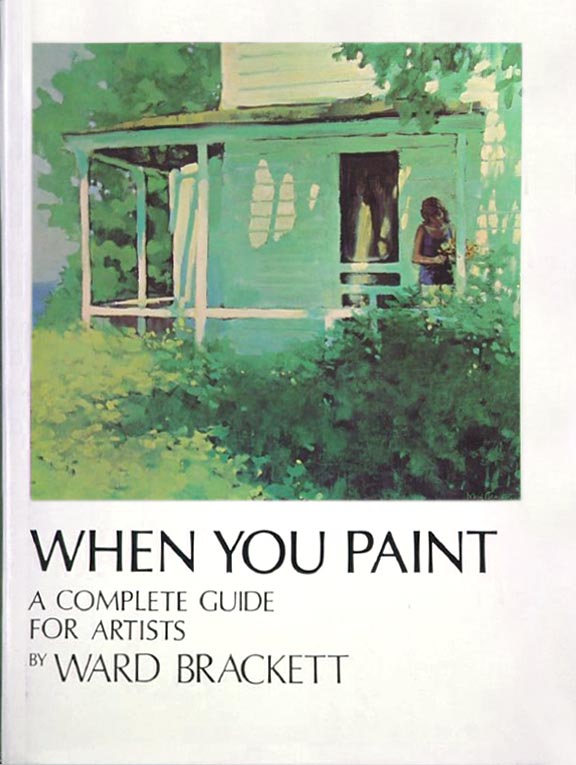
Here is the work of matured artist who, after years as a student...

... now feels confident in his ability to become a teacher.
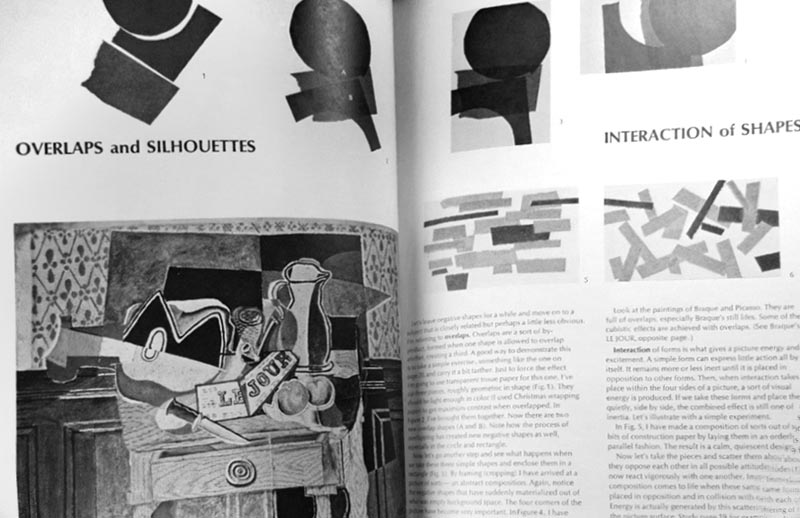


Finally, perhaps my favourite of all the Ward Brackett art we've looked at this week, three pieces sent to me long ago by our own Charlie Allen. No date on these, but they must surely be from the '60s or even the early '70s.
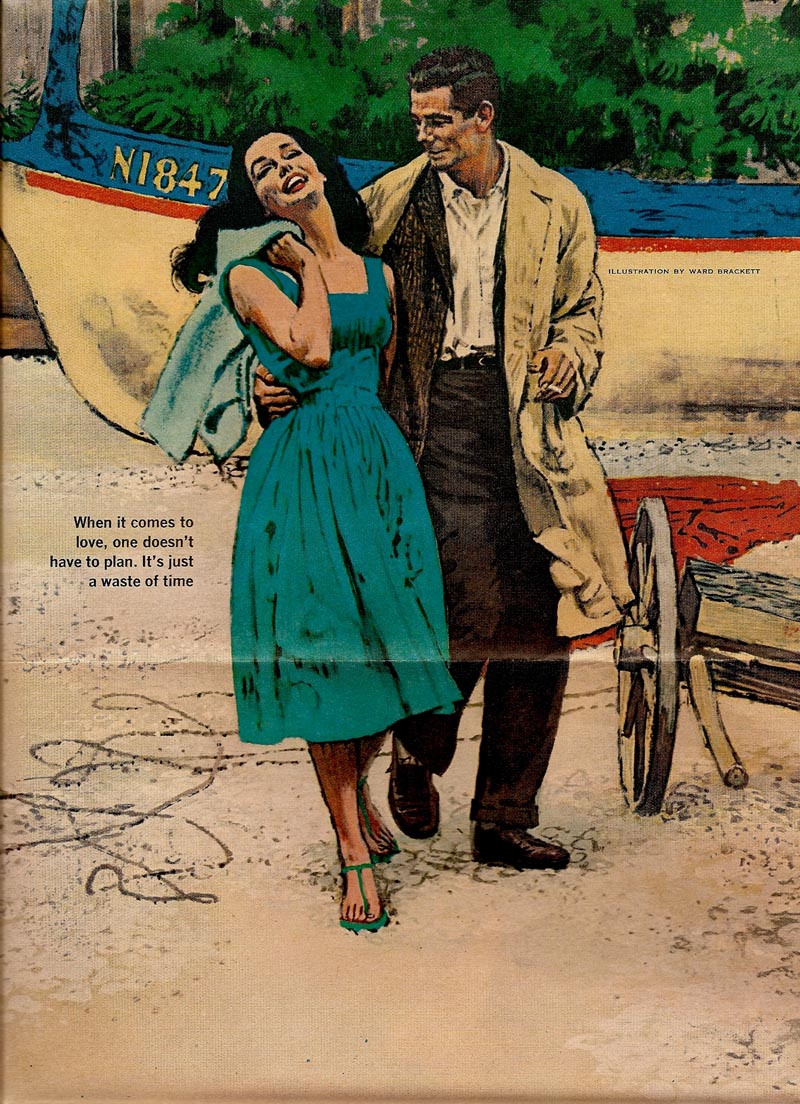
When he sent these, Charlie, never one to waste words, enclosed a note that simply said, "Ward Brackett, one of my many favorite illustrators."
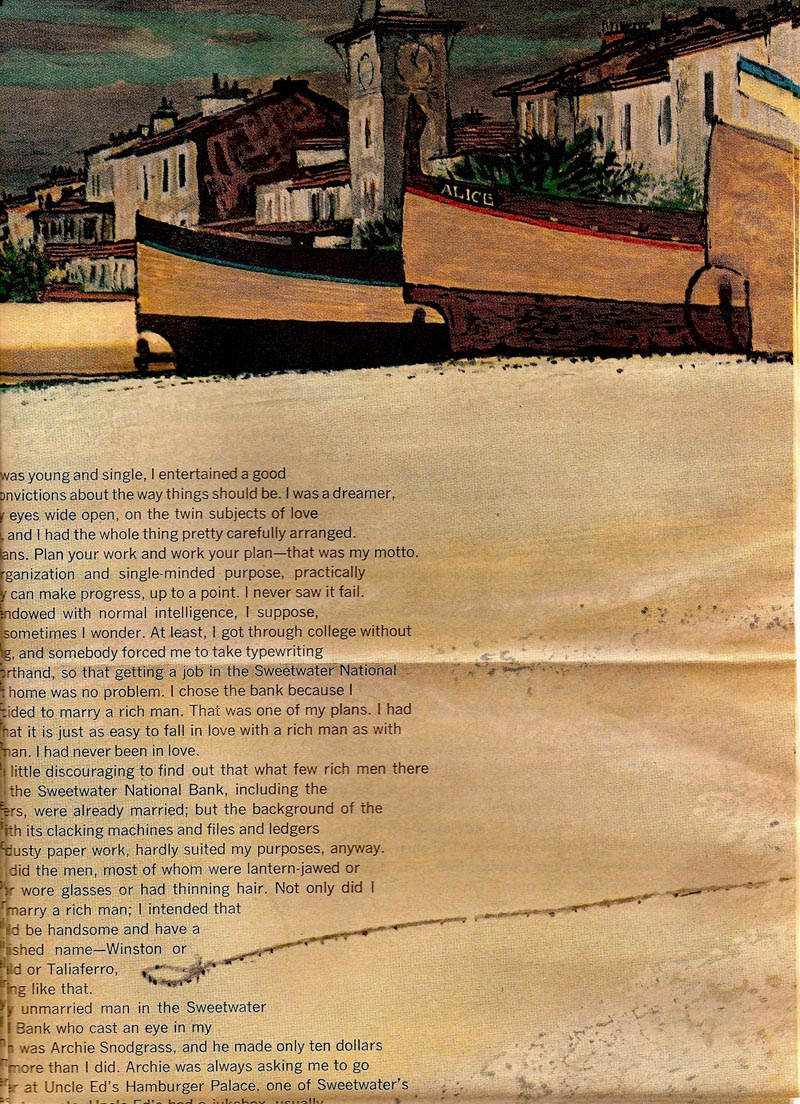
I like that! Hope you've enjoyed this week's look at the work of Ward Brackett...

... one of my many favourite illustrators, too!
* My Ward Brackett Flickr set.
* Ward Brackett's obituary
* Many thanks to my pal Drazen Kozjan for sharing some of his scans today from "You Will Live Under the Sea". You can find several more from the book at Drazen's blog.
Great stuff. Thanks for sharing.
ReplyDeleteThank you again for another beautiful artist feature Leif! I went right out and snatched up Ward's painting book off of Amazon for 10 dollars! and that was the collectible version. The used versions were going for as little as 35 cents! Even if I don't learn anything(I'm sure I will though!) it would be worth it to see more of his incredible art.
ReplyDeleteThis Ward Brackett work is great.Funny thing,I was disappointed by his painting book when i bought it,there seemed so little evidence of this originality of execution, just a rather formal,predictable even, approach to composition ,color etc.I also found Prohaska's book disappointing, I was probably hoping for something as stimulating as the FA school courses.
ReplyDeleteVery inspirational:)! Especially love the black white art with the spot of color. Thanks Leif.
ReplyDeleteVery nice tribute to Ward Brackett. I was not familar with him, but will certainly notice now if I see his work.
ReplyDeleteWhen I was in school and taking drawing classes, our teacher would tell us that we needed to loosen up our drawings. I think Ward did a beautiful job with that when he changed his style and approach.
Remo,
ReplyDeleteWhen producing his book, Brackett may have been targeting beginners or lower level wannabes that are still learning the basics. One lesson in his book that I know of, had intelligent information that even seasoned veterans can and have overlooked or strayed from. I know a lot of illustrators that were striving for the cutting edge for years and even decades, and then later in their careers, would rewind and focus on high-end traditional picture making, that some might consider predictable or lacked originality. Even Fuchs returned to a more realistic, traditional, even photographic technique, but employed his strong personal use of design and an eye for simplifying less important areas. His later work was much less avant-garde or experimental. In the late 70s', he developed that oil on canvas technique that he would stick with the rest of his life.
Over time, I learned to appreciate most techniques that are done in good taste and mature skills, but not because they were or were not cutting edge.
Tom Watson
Once again,good stuff.
ReplyDeleteThe two unidentified pictures looked familiar,so I looked them up in my clip file.The beach one is from McCalls,April 1960,for a story titled Romantic Names,Exotic Places.The couples walking on the log is McCalls,July 1960,for a story titled Wedding Day.
If the reclining nude or the seated woman in the how-to-paint book pages are an indication of his predictable style,he probably did some fine portrait painting.
His book probably is aimed at the beginner level artist and I do understand that.I think I was just disappointed that there seemed to be no evidence of his stylistic versatility.And I don't mean that as a gimmicky approach to expressing an idea but choosing from a variety of styles media etc to suit the subject matter.
ReplyDeleteProhaska's book seemed to be a series of exercises, that while interesting, ultimately fell short of a satisying explanation of his picture making.
I think Leiff could be a good artist's agent... Thanks to you I've acquired those classic books (Pitz, Watson) and now Brackett! (already from Amazon) You show us so much inspiration from those legendary illustrators...
ReplyDeleteRemo,
ReplyDeleteHave you seen the book Forty Illustrators And How They Work(1946)?It has an article on Prohaska,and shows"the creation of a Prohaska iIllustration"with step by step photos,and a description of his casein tempera underpainting with oil painting on top.
Remo,
ReplyDeleteI should add that the 'step by step" photos are black and white.They show four steps:the thumbnail drawing,close-up of a brown ink drawing on tinted canvas,close-up of the tempera underpainting,and final oil painting.But the written description of his methods are fairly detailed.
Leif, my mother really enjoyed your piece on Ward Brakett.He and his wife were her great friends for many years. They were the reason my mother wanted to move to Westport from NYC but she ended up in Westchester NY with other friends Coby Whitmore,and Joe Demers
ReplyDeleteJust amazing work. Thank you for showing it here.
ReplyDeleteTheLisbonGirl